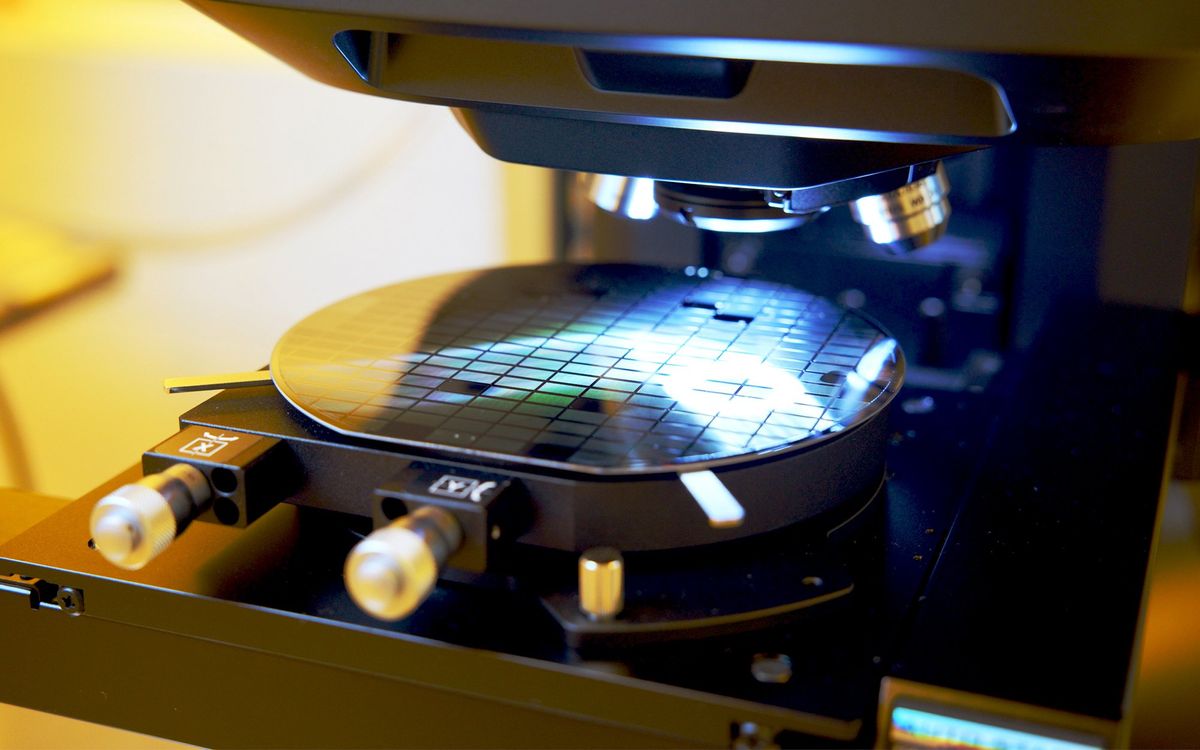The concept of the thermophotovoltaic (TPV) device has been around for more than 50 years. During that time, the conversion efficiency of TPV devices has been able to reach 40 percent, better than that of some steam turbines.
But the value of these conversion-efficiency numbers is dependent on whether everyone is measuring the same thing. To address this inconsistent measuring, researchers at ICFO in Barcelona, have proposed a universal figure of merit (FoM) that can be used to better evaluate the performance of TPV devices.
A proposed measurement standard (a.k.a. figure of merit) has the potential to unlock new opportunities for TPV technology in areas beyond traditional solar-energy applications
The researchers at ICFO—the Institute of Photonic Sciences—believe this new metric could revolutionize the assessment of TPV by providing a universal standard for evaluating TPV performance, addressing longstanding challenges and potentially accelerating the adoption of TPV technology in various applications.
The introduced FoM alleviates temperature dependence and accounts for the fundamental trade-off between power density and efficiency. Based on this FoM, the ICFO team has developed a classification of TPV performances reported in recent experiments.
Traditionally, TPV performance is measured using the ratio of electrical power output compared to the absorbed heat flux. While this metric isn’t exactly meaningless, it has also faced criticism for its inability to account for critical factors such as device parameters and experimental conditions.
“The existing figures of merit for TPV systems have limitations,” said Maxime Giteau, a postdoctoral researcher at ICFO and lead author of the study. “They fail to offer a comprehensive view of performance and hinder comparisons between different experiments and publications.”
What’s the difference between solar electric and solar thermal?
In solar photovoltaics (PVs), a single-junction device cannot exceed the Shockley-Queisser limit of roughly 30 percent efficiency. By contrast, there are no analogous limitations for either thermophotovoltaic efficiency or power density.
“We considered it useful and timely—given the rapid advancements in the field—to introduce a FoM that provides such insights in the case of TPV systems as well,” said Giteau.
One of the key advantages of the new FoM is its ability to provide a single, universal metric for comparing TPV devices. Unlike traditional methods, which often yield disparate results depending on the specific parameters used, the FoM offers a standardized approach that enables researchers to gauge progress toward theoretical efficiency limits.
TPV technology holds promise for use in not only energy generation but also space exploration and electric and autonomous vehicles.
In both solar PVs and TPV systems, the photovoltaic cell generates a power density (in watts per square meter, for instance) that translates to a total power generated by the photovoltaic system. In solar PV, the efficiency is defined as the ratio between this electric power density and the incident solar flux. The latter is a standardized quantity. As a result, when a solar PV cell’s efficiency is rated, a single metric suffices.
In contrast, although the power density of a TPV is defined identically as that of solar PVs, the efficiency is not. In a TPV system, the efficiency is defined as the ratio between the electric power density and heat exchange between emitter and cell. This heat exchange depends on the properties of the TPV emitter, such as its emissivity and temperature, the optical properties of the cell, and other experimental conditions. The electrical power density is a distinct performance metric apart from the efficiency. One metric is not deductible from the other.
Giteau and his colleagues say that their new FoM has the potential to unlock new opportunities for TPV technology in areas beyond traditional solar energy applications. While solar PVs remain a dominant force in the renewable energy market, TPV systems offer distinct advantages, particularly in scenarios where local heat sources or thermal storage are available.
“TPV systems are versatile and can harness energy from a variety of sources, including waste heat and thermal batteries,” noted Giteau. “This opens up new opportunities for small-scale energy generation and waste-heat recovery.”
The versatility of TPV systems makes them well-suited for a range of applications beyond traditional solar energy. In addition to waste-heat recovery and thermal batteries, TPV technology holds promise for use in space exploration, electric and autonomous vehicles, and other fields where compact, efficient energy generation is essential.
As TPV research continues to evolve, Giteau said, the introduction of the new FoM represents a significant step forward in the quest for enhanced energy-conversion technologies.
“We hope that our work will pave the way for advancements in TPV technology and contribute to the global transition towards sustainable energy solutions,” said Giteau.
The researchers published their work this month in the Journal of Photonics for Energy.
Dexter Johnson is a contributing editor at IEEE Spectrum, with a focus on nanotechnology.



